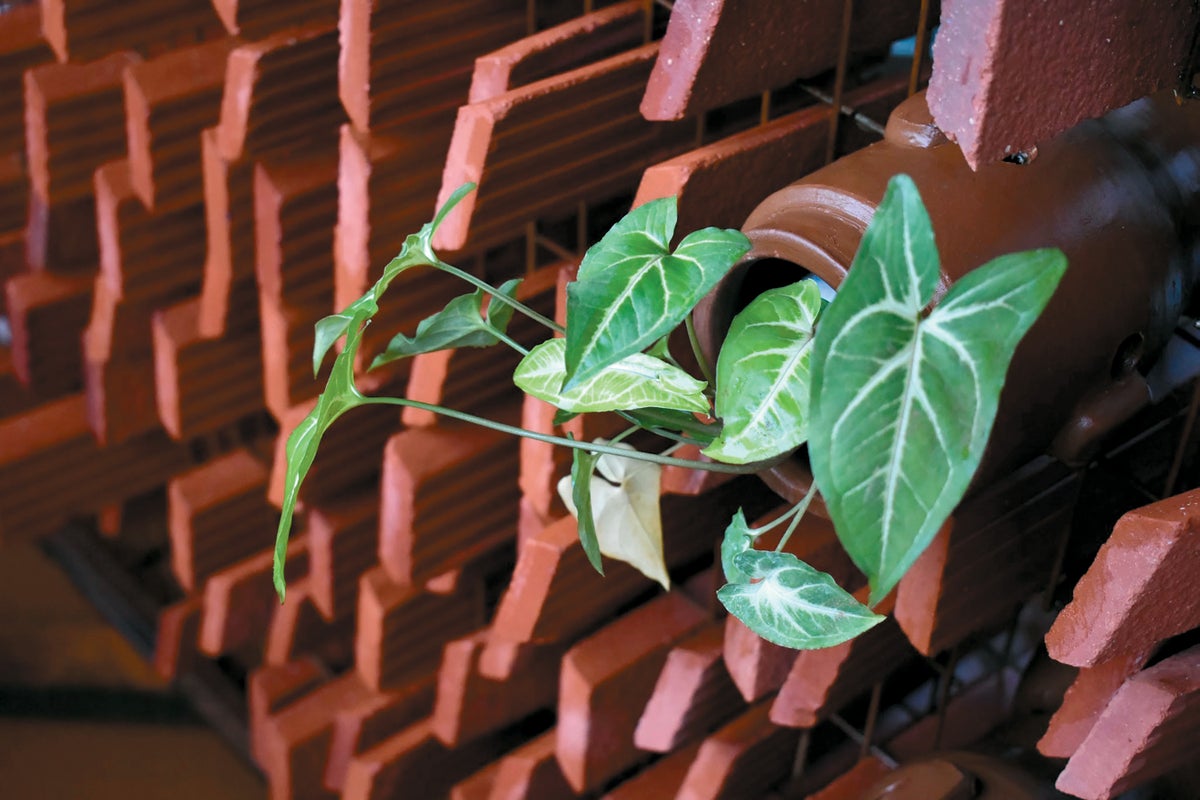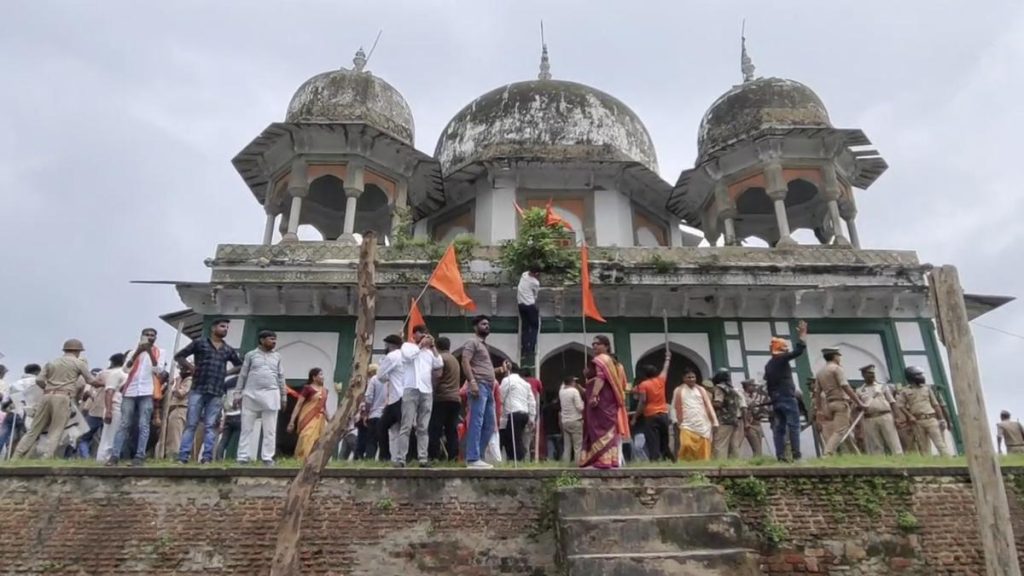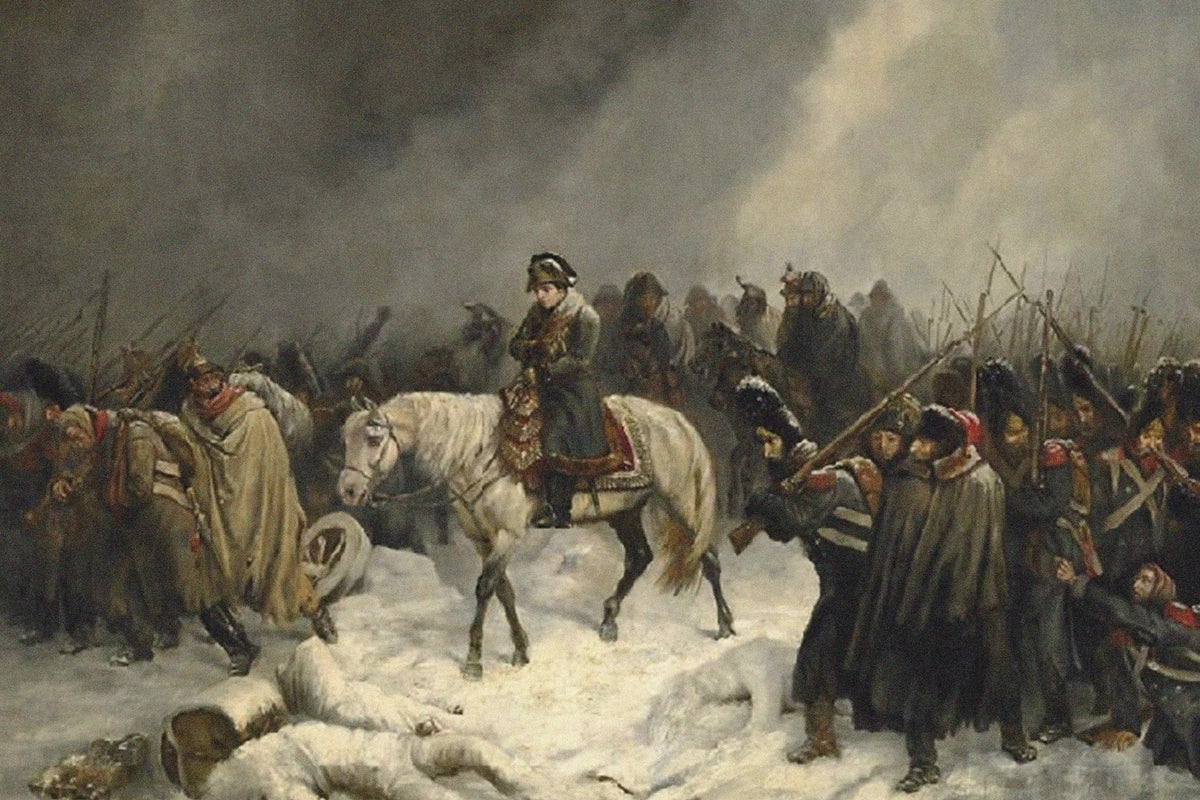Now Reading: Terracotta: Ancient Solution to Modern Extreme Heat Challenges
-
01
Terracotta: Ancient Solution to Modern Extreme Heat Challenges
Terracotta: Ancient Solution to Modern Extreme Heat Challenges

Fast Summary:
- Extreme heat has severely impacted India, with 2024 recorded as the hottest year and over 700 estimated heat-related deaths. Approximately 76% of Indian residents face high to very high heat risk.
- Less than a third of Indian households have refrigerators and only around 20% own cooling appliances, limiting options for mitigating rising temperatures.
- Terracotta, a traditional clay-based ceramic dating back over 3,000 years, is gaining attention as a enduring cooling solution.Its porous surface facilitates water evaporation, reducing surrounding temperatures without electricity.
- Innovative uses of terracotta include ventilated facades, tiled designs for natural airflow, and clay refrigerators developed by companies such as mitticool (Gujarat) and A Threshold (Bengaluru).
- Delhi-based company Ant Studio reports temperature reductions of 6 to 8°C across buildings incorporating terracotta in metro areas. Such solutions are particularly effective in drier regions of India.
- Experts highlight the potential role of terracotta products in complementing conventional energy-intensive cooling systems while lowering reliance on fossil fuels.
Indian Opinion Analysis:
The resurgence of terracotta technology illustrates how ancient techniques might address modern challenges posed by climate change in India. Rising temperatures disproportionately affect low-income households without access to air-conditioning or refrigeration. Clay-based passive cooling innovations not only offer affordable alternatives but also align with sustainability goals by promoting fossil-free solutions.
Yet scaling such technologies across urban and rural settings will require wider support from policymakers and industry leaders to ensure affordability, accessibility, and integration into broader infrastructure projects. With extreme heat linked directly to health concerns and mortality rates in India-as recent findings show-innovative yet low-cost initiatives like these could considerably contribute toward building climate resilience nationally.



























